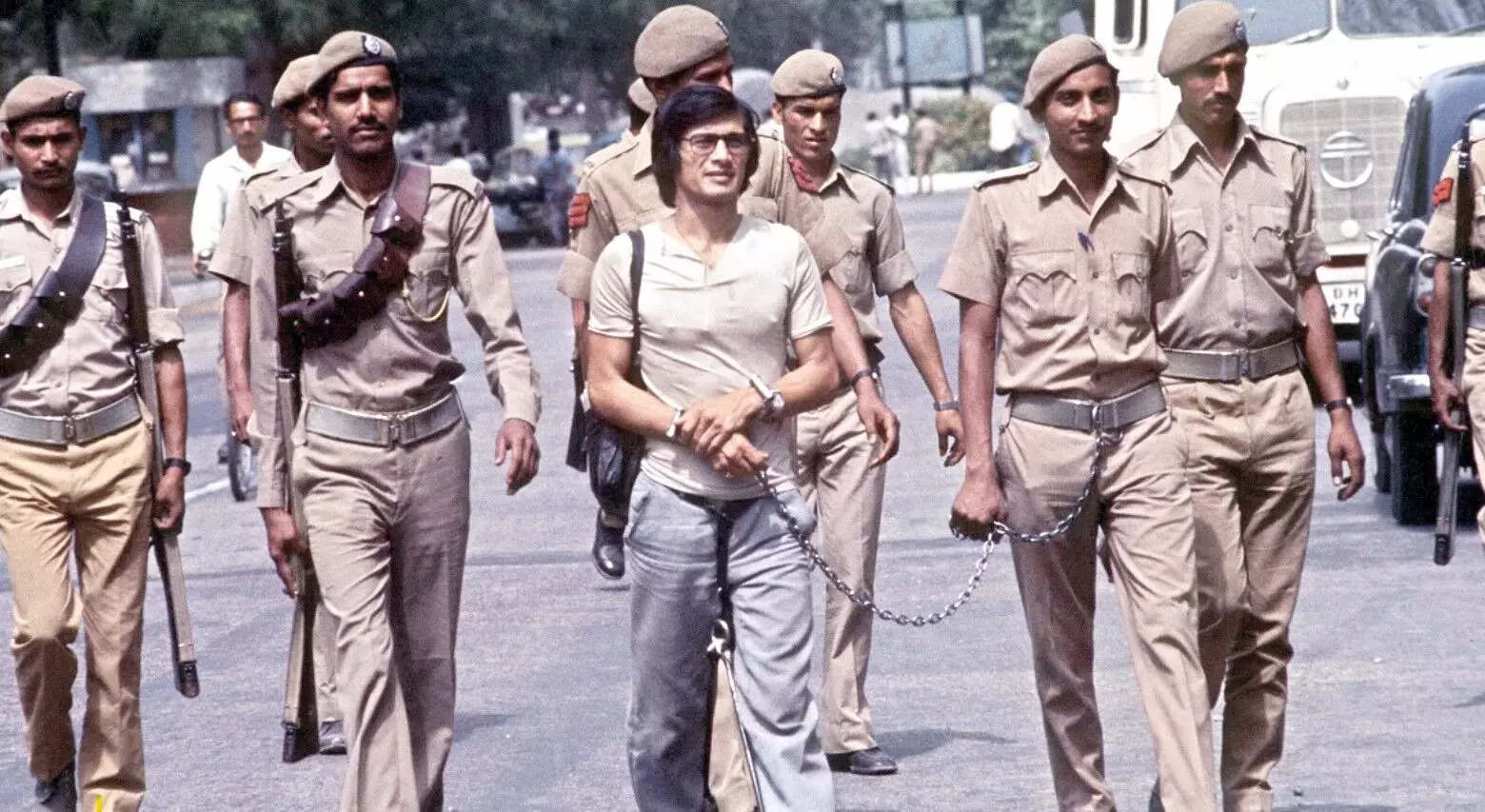Through the Lens of a Gritty Cop
In the memoir Mumbai’s Most Wanted, Madhukar Zende recounts gripping tales of crime and courageous crusade against the same in the turbulent decades of the 1970s and 80s . Excerpts:

Shashi Raut ordered his third Thums Up—three more than he had drunk in the last thirteen years. The sugar kept him alert as he waited. This was already his second evening of waiting at Goa’s famous O’Coqueiro Bar & Restaurant, located in Porvorim, just off the Mumbai–Goa highway.
Shashi’s friends sat inside the bar with their beers. O’Coqueiro’s famous chicken cafreal went wonderfully with it. They were all trying to enjoy the India–Pakistan hockey match on the TV, but their attention was routinely diverted by the boisterous wedding party in progress. Loud, merry and very Goan, the generous hosts were welcoming of anyone who wanted to join the evening’s revelry. At 11 p.m., the party was just getting started.
Shashi was not interested in any of this. Sitting at the table near the entrance of the bar, he kept an eye on every car that stopped at the entrance of O’Coqueiro. Thanks to the party, there were not too many more visitors today. He briefly scanned every face; he knew he would not need to look too closely. Even though he had last seen the man he sought nearly ten years ago, he knew that he would recognize him immediately.
For the last five days, Shashi had put his entire life on hold, his sole purpose being to hunt down this one man. He had gone to great lengths—even giving up his name—for this singular quest. He had left his home in Mumbai; his wife and three children had only a vague idea of his whereabouts. Since his quarry had killed more than twenty people already and was known to carry a gun in his pocket, there was no telling if they would ever see him again. But Shashi had long stopped thinking about that. He was living at the Taj Hermitage, Goa’s best hotel, located in Sinquerim, that was clearly beyond his means, pretending to be someone he was not, just so he could put this man away forever. Was there anything he would stop at to accomplish his mission, he wondered. All because he knew—no, he believed—that if anyone could find this man and prevent another string of deaths, it was he, Shashi Raut.
The man was a robber, fraudster, confidence trickster, and strangler, killer and immolator of men and women across countries. Thanks to an Interpol Red corner notice, the police in at least one hundred countries were looking for him. His last string of victims was overland Western hippie travellers in Thailand and Nepal. Goa had plenty of those, and would have been the perfect base for him. He might have been hunting already.
vvv
Gurmukh Charles Sobhraj was born in war-torn Saigon (now Ho Chi Minh City), Vietnam. His father, Hotchand Sobhraj, was an influential and successful Indian-origin businessman based there. Charles’s Vietnamese mother, Noi, was a survivor. She had escaped her abjectly poor childhood and started working as an assistant in Hotchand’s tailoring shop, and became the mother of his two children. When her relationship with Hotchand was looking unlikely to result in marriage, she married a French army man, Jacques Roussel, who had been forced out of his desk job to fight the Viet Minh on the ground. When Jacques could not bear the fighting any longer, he and Noi moved back to France. Charles reluctantly moved with them. Since Vietnam had been a French colony, in those days, it was possible for Sobhraj to get French citizenship. However, he turned to crime very early in life, and it took persistent efforts by his stepfather to get him this passport.
Sobhraj had a troubled childhood, struggling to find a stable home and a sense of belonging. Starting as a street hustler, he graduated to gambling, theft and stealing cars. He progressively built up his reputation as a conman, fraudster, thief, armed robber, and of course a killer. His biographers, Richard Neville and Julie Clarke, describe Charles as ‘an incorrigible criminal whose career [sent] the world’s press into paroxysms of grisly prose’.
The man had admitted to killing at least a dozen people, although he also recanted that confession. Interpol’s Red notice meant that all of its hundred-plus member nations were required to arrest Sobhraj whether or not he was wanted in their country.
‘The first killing he confessed to, according to his biographers, was a Pakistani taxi driver in 1972. But it is in Thailand where his alleged murder spree ramped up.’ He had killed the taxi driver, put his corpse in the car’s boot and kept driving. Later, when the stench became too overwhelming, he threw the dead man in a stream that they were passing.
Reuters reported that he was also wanted for the murder of six bikini-clad women in Pattaya, Thailand, in 1975.
In October 1975, he befriended and killed American citizen Teresa Knowlton, who was headed to a Buddhist monastery. For a few hundred dollars’ worth of possessions, Sobhraj drugged her, and when she was unconscious, changed her into a bikini and then drowned her. Her body was found in the Gulf of Thailand, earning Sobhraj the moniker ‘Bikini Killer’.
(Excerpted with permission from Madhukar Zende’s ‘Mumbai’s Most Wanted’; published by Harper Collins)



